Aging is a natural process and the skin of the face and neck undergo some amount of loosening with time. With the sagging comes creasing of the skin, which makes deep folds and lines. But everyone is interested to hold back the youthful days. This is the reason why face lifting or rhytidectomy has increasingly gained popularity in the United States and other countries as well.
The facial skeleton gets highly affected with the age-related changes that a person experiences. The sagging of the forehead and the facial skin is observed due to slow loss of mass of bony structures of frontal bones, maxilla, and the mandibles. Due to this, an impression of sagging neckline is observed and jowling occurs along the mandible, which deletes the delineation between the neck and the jawline.
Exposure to the sun also leads to changes observed in the facial skin. The epidermis that gets damaged due to exposure to sunlight shows a reduction in the fundamental elements that can slowly cause wrinkles. Disorganization and thickening of the elastic fibers below the skin are noted, which is known as a process called elastosis and degeneration of the dermal collagen appears as well.
In order to get a youthful appearance of the face, a facelift surgery is performed. In this kind of surgery, reshaping occurs in the lower one-third of the face by facilitating removal of the sagging facial skin. Tightening of the underlying tissue is also done in some of the facelift surgeries. The face surgery or lower facelift can be combined with neck lift, or an eyelid surgery, cheeks, brows or forehead surgeries.
Types of Facelift Surgery
There are many types of facelift procedures. Some of the most popular procedures include the following:
Facelift surgery is usually carried out on an outpatient basis. The procedure takes around two to four hours to complete, depending on the extent of the area that requires treatment. The facelift procedure is performed under the influence of local and general anesthesia.
Sometimes, additional procedures may be conducted at the time of facelift surgery. These may include the placement of facial implants, wrinkle reduction through facial fillers, and facial resurfacing for improved skin toning and texture.
The following steps are performed during a typical facelift procedure:
Patients may experience minimal pain after the procedure, which is managed with the help of painkillers. Swelling and bruising are common but patients are advised to use a cold compress to avoid the discomfort.
The dressing is removed within two days of the surgery and physical activity should be limited as much as possible after the procedure. The head should be kept in an elevated position.
A drainage tube may be inserted, which can be removed after a day of the surgery. Facelift recovery time stretches from two to three weeks. The scars and lines gradually grow invisible with time.
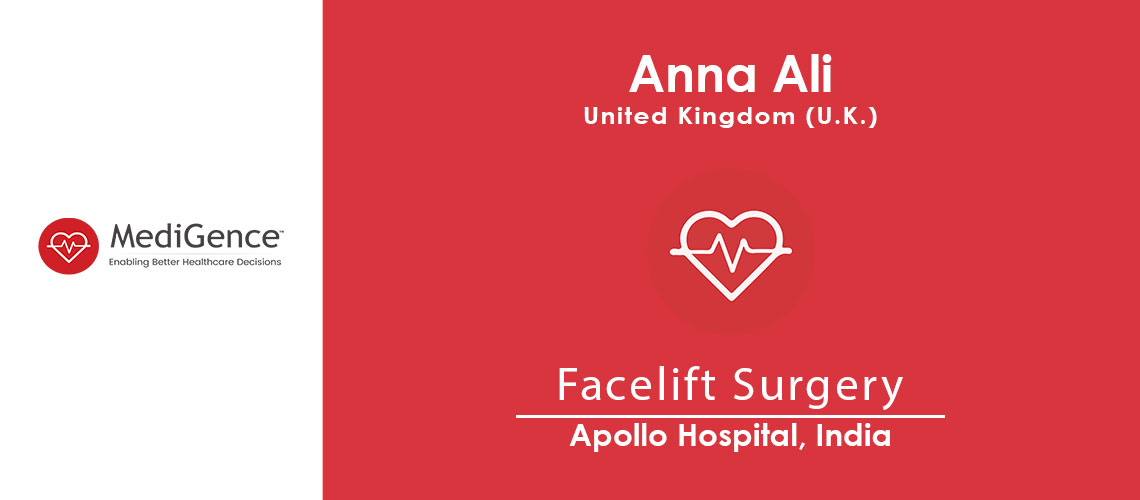
United Kingdom
Patient Testimonial: Anna from United Kingdom for Facelift Surgery in India Read Full Story
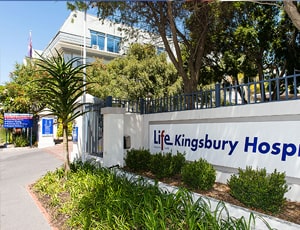
Cape Town, South Africa
In 2014, the long-awaited union of Life Claremont and Life Kingsbury Hospital took place, putting th...more
![]() Accommodation
Accommodation
![]() Airport Transfer
Airport Transfer
![]() Choice of Meals
Choice of Meals
![]() Interpreter
Interpreter
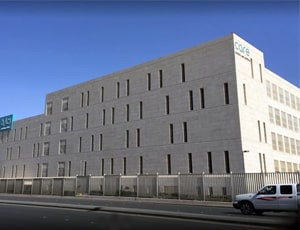
Riyadh, Saudi Arabia
History Riyadh care hospital is a highly specialized hospital with world-class infrastructure. The ...more
![]() Accommodation
Accommodation
![]() Airport Transfer
Airport Transfer
![]() Choice of Meals
Choice of Meals
![]() Interpreter
Interpreter
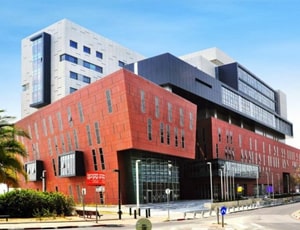
Tel Aviv, Israel
Assuta Medical Center is a leading private hospital in the capital city of Tel Aviv in Israel. Assut...more
![]() Accommodation
Accommodation
![]() Airport Transfer
Airport Transfer
![]() Choice of Meals
Choice of Meals
![]() Interpreter
Interpreter
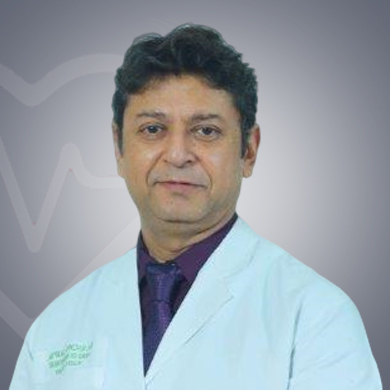
Plastic & Cosmetic Surgeon
Delhi, India
28 Years of experience
USD 42 for video consultation

Cosmetic Surgeon
Izmir, Turkey
15 of experience
USD 125 for video consultation

Plastic Surgeon
Dubai, U.A.E.
10 Years of experience
USD 140 for video consultation

Cosmetic Surgeon
Ghaziabad, India
9 of experience
USD 25 for video consultation
Q: Can I claim insurance against facelift surgery?
A: Since this is a cosmetic surgery, claims are not possible
Q: Can I consider a neck lift along with facelift surgery?
A: If required to achieve the desired results, neck lift and facelift procedures can be combined to give the desired results.
Q: How much does facelift cost?
A: Average cost of a facelift is around $6000. However, the exact facelift surgery cost may vary from one country to the other.
Q: How long is the downtime after a facelift procedure?
A: Recovery after facelift surgery takes place in phases. The patient may decide not to go anywhere for the initial few days. The patient may finally decide to step out after a week of the surgery after they are comfortable showing their face publicly.
Q: What activities should be avoided after the procedure?
A: You are advised to avoid any activity that raises the blood pressure. You should avoid lifting or straining the muscles. Additionally, any types of exercises should be avoided for at least a few days.